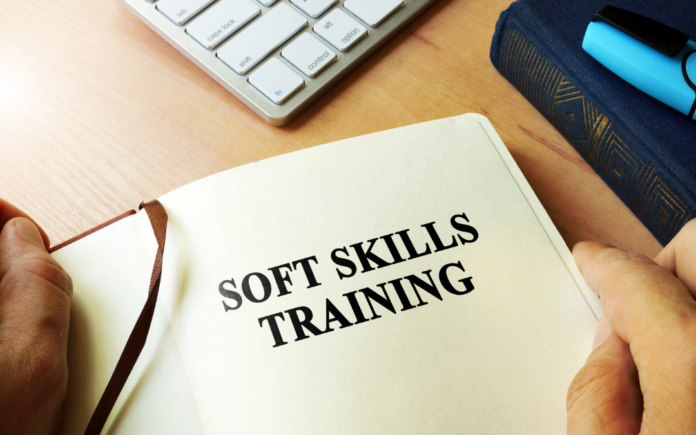Addressing the Skills Gap: Insights from Achievers Workforce Institute.
A recent report by Achievers Workforce Institute (AWI) highlights a significant gap in soft skills training, with only 20% of employees believing their organizations are effective in developing these critical competencies. AWI, the research division of Achievers, a leading provider of employee recognition and rewards solutions, conducted a survey involving 3,800 employees and 1,400 HR professionals across the U.K., Australia, Canada, and the U.S. to analyze workplace skills, training priorities, and talent mobility trends.
Challenges in Internal Mobility Programs.
The study found that only half of HR leaders and just 24% of employees consider their company’s internal mobility programs effective. Additionally, 51% of managers worry about losing team members to other departments within their organization.
David Bator, Managing Director at AWI, emphasized the strategic value of strong internal mobility programs, stating, “Employees who view their company’s internal mobility initiatives as excellent are twice as likely to be productive, engaged, and loyal to their jobs.” However, he noted that organizations must address barriers such as talent hoarding by managers and inadequate skills development to fully leverage their existing workforce.
A New Approach to Workplace Skills.
The concept of soft skills dates back to the 1970s, originally used by the U.S. Army to distinguish interpersonal abilities from technical expertise. As workplaces evolve, AWI suggests that organizations should move beyond the traditional classification of hard vs. soft skills and instead focus on three skill categories:
- Technical Skills – Highly specialized, requiring formal training (e.g., coding, medical procedures)
- Transferable Skills – Versatile abilities applicable across roles, often a mix of formal and informal learning (e.g., project management, professional writing)
- Essential Skills – Previously labeled as “soft skills”; critical for success in any role but typically developed through workplace experience (e.g., communication, accountability)
Identifying and Bridging HR and Managerial Gaps.
The study revealed a lack of awareness among managers regarding transferable skills. While 60% of hiring managers express a desire to recruit for these competencies, only 18% feel confident in identifying suitable candidates.
Similarly, HR professionals overestimate their effectiveness in training employees on essential skills. While 48% of HR leaders believe they successfully develop these abilities, only 20% of employees agree. Furthermore, just 50% of HR professionals say they can easily identify employees with high-priority skills, highlighting a crucial area for improvement.
As traditional career paths become less defined, companies must proactively identify and develop in-house talent to prevent the loss of valuable employees. To remain competitive, HR teams should equip managers with tools to recognize, upskill, and transition employees into key roles.
Recognition as a Catalyst for Skill Development.
One often-overlooked skill is leveraging recognition to encourage positive behaviors. AWI research shows that employees who receive monthly recognition from their managers are twice as productive and engaged as those who are recognized less frequently. Additionally, these employees are three times more likely to trust their managers.
Despite this, 66% of HR leaders do not prioritize positive reinforcement as a top managerial skill. This may explain why fewer than one in three employees feel adequately recognized by their supervisors. Moreover, just one-third of HR teams use data from their recognition platforms to track and validate employee skills, despite findings that this method can improve skill identification by 38%.
Hannah Yardley, Chief People and Culture Officer at Achievers, stressed the importance of integrating skills recognition with employee appreciation efforts. “An employee’s history of recognition is a powerful performance indicator,” she noted. “By analyzing data from everyday HR tools such as recognition platforms, HR information systems, and learning and development tools HR leaders can uncover employees’ strengths and place them in roles where they will excel.”





